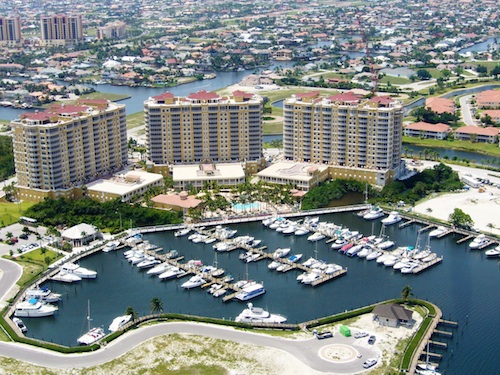Check out the chart above; it’s from the awesome-to-read Richard Florida at CityLab. The stuff on the far right shouldn’t surprise you: the “most educated” people are heading to Seattle, San Francisco, DC, Denver, and San Jose/The Valley. This corresponds with previous data about how people make decisions on cities and where people seem to be moving.
The far left, though, is interesting: that’s where people without a HS degree (ostensibly, HS dropouts — although the context may be different for each individual case) are moving. On that list, you see Riverside, CA at the top, then Cape Coral, FL; if you look one list over at HS grads/GED (but no college), you see Cape Coral there as well. Houston’s on both lists as well, which might be explained by the cost of living therein. All five cities on both those lists — minus Riverside — are in the Southeast or South, which rolls up with some previous ideas about social mobility and geographic region.
What can this teach us? Here’s the essential takeaway from CityLab:
In contrast, our analysis finds that the places where the number of workers without a high school degree is growing are at the opposite end of the economic spectrum: smaller places with lower wages, less robust economies, fewer cultural amenities, less high tech industry, and less tolerance. The net migration of those without a high school degree is negatively correlated to population size (-.24), economic output per capita (-.22), high tech concentration (-.24), artists and cultural creatives (-.32) and tolerance toward gays and lesbians (-.12). And we find no correlation between the net migration of the less educated and climate, measured as mean January temperature.
Cape Coral — an interesting, rather small place (about 150K) to appear on both the “bottom rung” lists — is the largest city between Tampa and Miami, but their economy isn’t stellar. Two of the five largest employers are Publix and Wal-Mart, with the other three being education, the hospital, and the city government. Southwest Florida’s 18-24 age group is apparently growing at a faster rate than (a) all of Florida and (b) the United States, which could have some tie to weather (despite the last sentence of the embedded quote above). If you think it’s a straight-up cost-of-living issue, it’s not necessarily: Houston is about 15 percent cheaper than Cape Coral, on average.
The interesting broader takeaway from this is as follows: these really thriving metros, like a Seattle or a San Francisco, are attracting high-quality college/grad school graduates, predominantly for tech/creative/business jobs. But at the same time, that’s driving up prices and driving the less-educated out to lower-cost, more rural areas. If salaries don’t necessarily keep up with increasing housing prices in those “high-thrive” cities, then you’ll see more people head to the exurbs or generally away from the coasts. Point is, the traditional “hubs” of America — cities like NYC, San Francisco, Boston, Seattle, even Miami — may not be those hubs in 20-30 years depending on some of these domestic migration patterns and what happens with the economy in lockstep with those decisions by individuals and families. Let’s be honest, though: for now you should probably be moving to Salt Lake City or the Denver area anyway.

